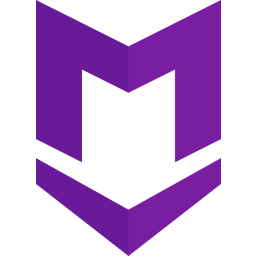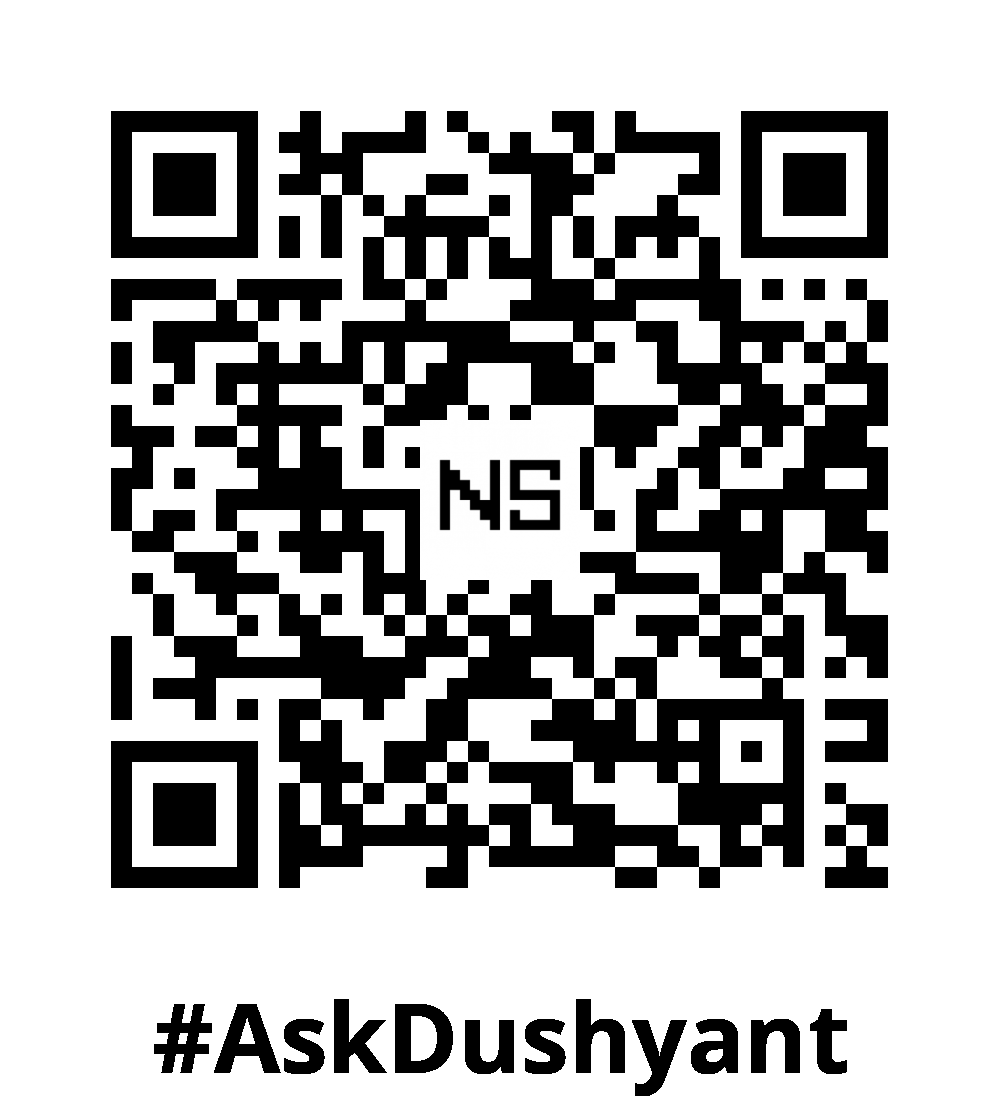Programmers and developers often use comments to help others read and understand their code. However, when you own a project, it’s your responsibility to provide a well-defined README file for other project leaders to grasp the overall project. As a tech advisor, I always advocate that the main README file is crucial for understanding the project thoroughly. These README files often use Markdown syntax. A well-crafted README file is essential for any project, serving as the first point of contact for users and contributors and providing crucial information about your project’s purpose, setup, usage, and more. Markdown, a lightweight markup language, is the ideal tool for formatting README files effectively. In this tech concept, we’ll explore how to use Markdown to create readable and attractive README files that enhance your project’s documentation.
What is Markdown?
Markdown is a plain text formatting syntax designed to be easy to read and write. It converts plain text into HTML, making it perfect for documentation. The simplicity of Markdown allows developers to focus on content without getting bogged down by complex syntax.
Why Use Markdown for README Files?
- Simplicity: Markdown is easy to learn and use, requiring minimal effort to create well-structured documents.
- Readability: Markdown files are readable in plain text format, making them accessible even without rendering.
- Compatibility: Most version control systems, like GitHub and GitLab, natively support Markdown, rendering it beautifully in their interfaces.
- Flexibility: Markdown supports various elements like headings, lists, links, images, and code blocks, allowing you to create comprehensive and attractive documentation.
Basic Markdown Syntax
Headings
Use the # symbol followed by a space to create headings. The number of # symbols indicates the heading level.
# H1 Heading
## H2 Heading
### H3 HeadingLists
Create unordered lists with -, *, or + and ordered lists with numbers followed by a period.
- Item 1
- Item 2
- Subitem 1
- Subitem 2
1. First item
2. Second item
1. Subitem 1
2. Subitem 2Links
Use [text](URL) to create hyperlinks.
[OpenAI](https://www.openai.com)Images
Use  to embed images.
Code Blocks
For inline code, use backticks `. For code blocks, use triple backticks ``` or indentation with four spaces.
```Inline `code````
function greet() {
console.log("Hello, World!");
}
```Advanced Markdown Techniques
Tables
Create tables using pipes | and hyphens -.
| Syntax | Description |
| ----------- | ----------- |
| Header | Title |
| Paragraph | Text |
Blockquotes
Use > to create blockquotes.
> This is a blockquote.
Horizontal Lines
Use three or more hyphens, asterisks, or underscores to create horizontal lines.
---Structuring Your README File
A well-structured README file typically includes the following sections:
1. Project Title
Begin with the project title as an H1 heading.
# Project Title2. Description
Provide a brief description of the project, its purpose, and key features.
## Description
A brief overview of what the project does and its main features.3. Table of Contents
Include a table of contents for easier navigation, especially for longer README files.
## Table of Contents
- [Installation](#installation)
- [Usage](#usage)
- [Contributing](#contributing)
- [License](#license)4. Installation
Detail the steps required to install and set up the project.
## Installation
1. Clone the repository: `git clone https://github.com/username/project.git`
2. Navigate to the project directory: `cd project`
3. Install dependencies: `npm install`5. Usage
Provide examples and instructions for using the project.
## Usage
To start the project, run:
npm start6. Contributing
Explain how others can contribute to the project.
## Contributing
Contributions are welcome! Please read the [contributing guidelines](CONTRIBUTING.md) before submitting a pull request.7. License
Include licensing information to clarify the terms under which the project can be used and distributed.
## License
This project is licensed under the MIT License - see the [LICENSE](LICENSE) file for details.Tips for Writing an Effective README
- Be Concise: Provide essential information without overwhelming the reader.
- Use Visuals: Include images, diagrams, and GIFs to illustrate key points and usage examples.
- Keep it Updated: Regularly update the README to reflect changes in the project.
- Be Welcoming: Encourage contributions by being clear about how others can help and providing a code of conduct.
My Tech Advice: A well-written README file is crucial for the success of your project. Using Markdown, you can create documentation that is both readable and visually appealing. By following the best practices outlined in this guide, you’ll ensure that your README file effectively communicates your project’s purpose, setup, and usage, making it easier for users and contributors to engage with your work.
#AskDushyant
Note: The file is in .txt format. Please rename it to .md before adding it to your project directory.
#Markdown #README #ProjectDocumentation #Programming #CodeSnippet


Leave a Reply